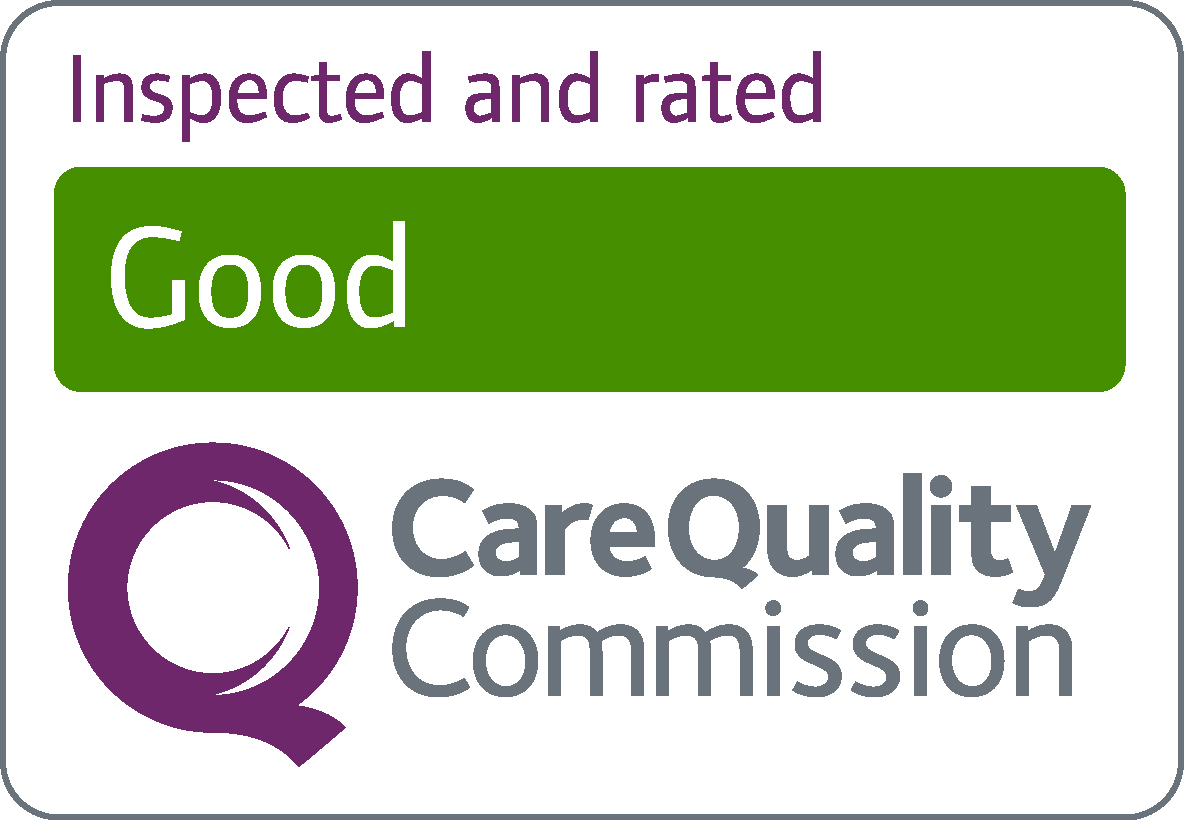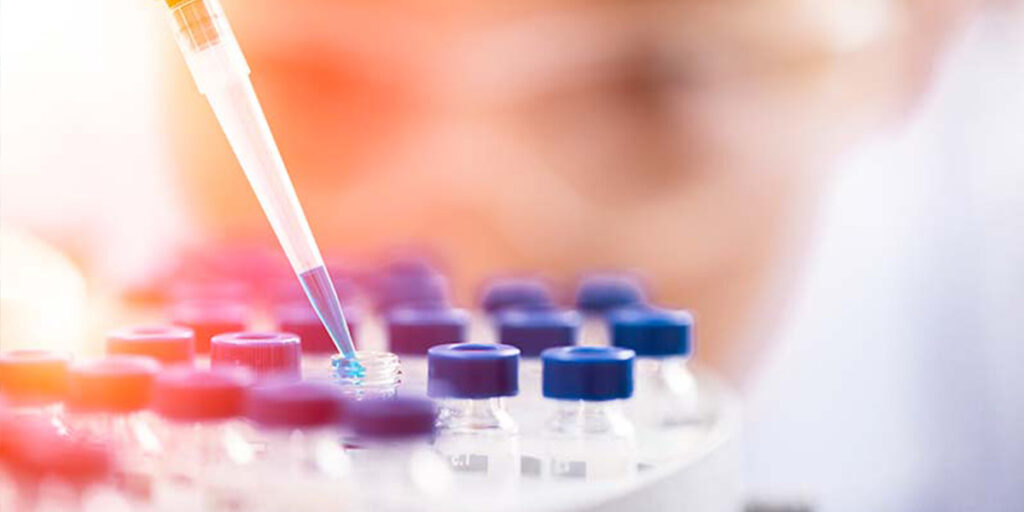Here are some of the drugs and other scientific advances that have changed the face of medicine and saved millions of lives in the process during the lifetime of the health service.
– Antibiotics
Penicillin was discovered by Scottish scientist Alexander Fleming in 1928 and further antibiotic discoveries were made in the 1940s.
But the medical application and further development of antibiotics really took off in the 1960s, resulting in dramatic declines in death rates and serious ill-health arising from infection.
Before penicillin, a simple cut could lead to a fatal infection. But half a century later, the
a new danger is that infections are developing resistance to antibiotics.
England’s Chief Medical Officer, Professor Dame Sally Davies, has warned that if antibiotics lose their effectiveness it will spell “the end of modern medicine”.
This has led to a drive to stop them being dished out so readily, with GPs complaining of feeling pressurised by patients to prescribe them. This has seen prescriptions for all types of the drug go down to around 34 million in 2015/16.
– Vaccines
One of the primary aims of creating the NHS was to promote good health, not simply to treat illness. The introduction of polio and diphtheria vaccines in 1958 was a key part of these plans.
Before the programme, cases of polio could climb as high as 8,000 in epidemic years, with cases of diphtheria as high as 70,000, leading to 5,000 deaths.
Vaccination against measles was introduced in 1968, while the measles, mumps and rubella (MMR) jab was rolled out in 1988. 2008 saw the HPV vaccination to protect girls from cervical cancer introduced – the first time that a routine universal vaccine was given to prevent a type of cancer.
Vaccines for rotavirus, shingles and flu are also offered on the NHS to those who are most at risk, while 2015 saw the introduction of a programme to vaccinate all babies against meningitis B.
– The pill
The launch of the contraceptive pill in 1961 played a major role in the post-war emergence of the women’s liberation movement.
Initially it was only prescribed to married women, but the law was relaxed in 1967. The pill works by suppressing fertility with either progestogen or oestrogen or, more commonly, a combination of both.
Between 1962 and 1969, the number of women taking the pill rose dramatically from around 50,000 to one million.
There are now 15 methods of contraception available, according to the NHS, which include condoms, implants, patches and the intrauterine device (IUD).
– IVF
The world’s first test-tube baby, Louise Brown, was born as a result of in vitro fertilisation (IVF) in 1978.
Her parents, Lesley and John Brown had failed to conceive because of her mother’s blocked fallopian tubes.
The birth was the result of the collaborative work of Dr Patrick Steptoe, a gynaecologist at Oldham General Hospital, and Dr Robert Edwards, a physiologist at the University of Cambridge, who developed a new technique to fertilise an egg outside a woman’s body before replacing it in the womb.
Six million babies have been born worldwide thanks to the technique.
Health officials recommend that eligible patients who are struggling to get pregnant should be offered access to three funded cycles of IVF, but variation in the number of treatments offered to patients has been widely publicised, with many describing it as a postcode lottery.
– Imaging developments such as CT and MRI scanning
In 1972 computerised tomography (CT) scans revolutionised the way doctors examined the body. CT scanners produce 3D images from a large series of 2D X-rays.
The first CT scanner was developed in England by Godfrey Newbold Hounsfield, who won the Nobel Prize for his invention. CT scanners have developed further over the years, but the principle remains the same.
Magnetic resonance imaging (MRI) scans were introduced in the 1980s and were more effective than earlier equipment in providing information about soft tissue, such as the brain.
MRI provides very detailed pictures so is particularly useful for finding tumours in the brain, while it can also identify conditions such as multiple sclerosis and the extent of damage after a stroke.
– Keyhole surgery (laparoscopy)
The minimally invasive surgery was first used in the 1980s in an operation to remove a gallbladder, which it is commonly used for today.
Large incisions can be avoided during laparoscopy because the surgeon uses an instrument called a laparoscope. This is a small tube that has a light source and a camera, which relays images of the inside of the abdomen or pelvis to a television monitor.
It is often used for repairing hernias, repairing burst or bleeding stomach ulcers, and performing weight loss surgery, while it can also be used to diagnose certain types of cancers.
– Statins
Statins have become the most commonly prescribed drugs in the UK since their introduction in the 1980s. They help lower harmful cholesterol levels in the body, one of the risk factors for heart attacks.
It is thought that around six million people take them every day, with the estimated cost of a daily dose of low-cost statin therapy about £2 a month.
The tablets have been the subject of years of controversy and conflicting reports, but a major review published in The Lancet medical journal in 2016 found that the risks of a negative reaction were far outweighed by the benefits.
– Organ transplants
The UK’s first kidney transplant took place at Edinburgh Royal Infirmary in 1960 and involved an identical set of 49-year-old twins.
Both donor and recipient lived for a further six years before dying of an unrelated illness.
The country’s first heart transplant was carried out at the National Heart Hospital in Marylebone, London, in a seven-hour procedure in 1968. The donor was a 26-year-old labourer called Patrick Ryan while the recipient was an unnamed 45-year-old man who died weeks later from an associated infection.
Just six transplants were carried out over the next 10 years for fear of failure. As many as 200 heart transplants are now carried out on adults in the UK every year, with kidney, liver and lung transplants also among the most common.
But demand for organs outstrips supply, with around 6,500 people across the UK currently waiting for a transplant.
Three people a day die in need of a transplant and there are currently plans for the Government to introduce an “opt-out” system of organ donation for England as there is in Wales. This would replace the current “opt-in” so that people do not have to remember to sign up.



